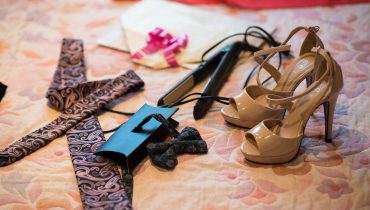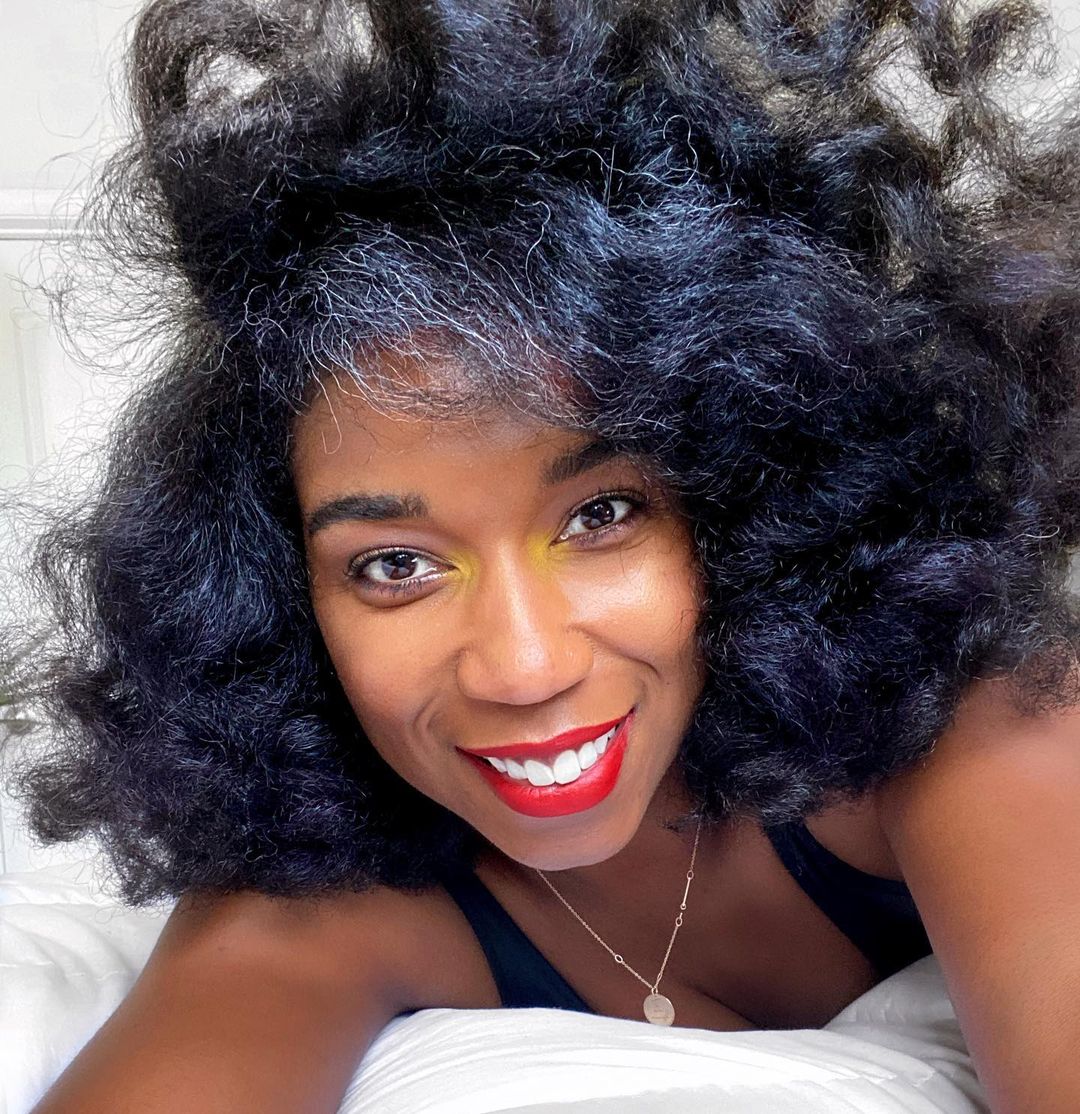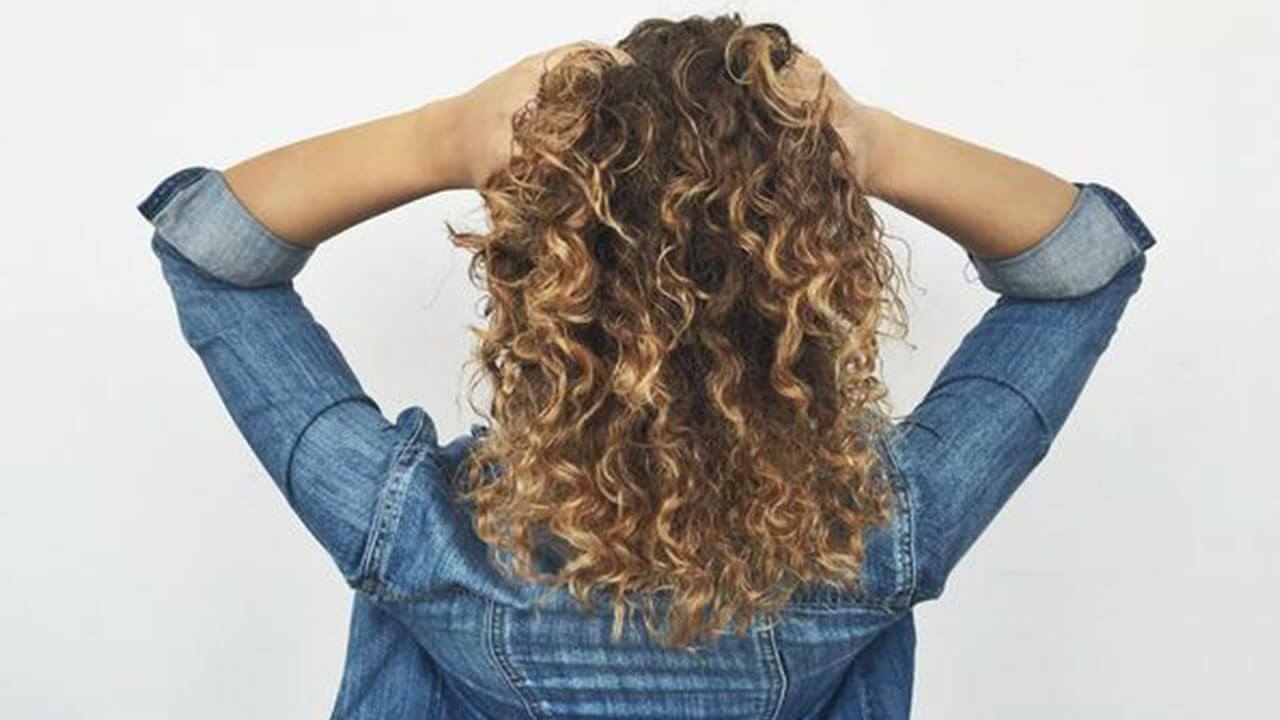Your Hair May Be Low Porosity Not Coarse, Know The Difference?
 Alright you girls with the low porosity hair strands, that’s enough talk about how lucky you are because your hair is always soft, as a matter of fact you probably only moisturize once a week right?
Alright you girls with the low porosity hair strands, that’s enough talk about how lucky you are because your hair is always soft, as a matter of fact you probably only moisturize once a week right?
Not all of you are singing that happy tune though, many women with natural or relaxed hair are not as educated about low porosity hair as they should be.
As a matter of fact they know so little about it, they often describe there hair as coarse coupled with dry, frizzy and unruly.
The truth is, you hair might not be coarse at all, it might just fall in the category of low porosity hair. To determine if your hair is truly coarse it is important to know how coarse hair behaves at all times, because if your hair is only coarse sometimes, then chances are you describing it incorrectly.
What is coarse hair?
The short answer is coarse hair is made up of strands that are relatively thick and strong. This hair is rough to the touch, does not reflect much light so it looks dull and can also be difficult to style.
It is not dry hair as most of us tend to believe and the hair can be very healthy due to that innate strength. If you chemically relax coarse hair, you might find that it will need a touch more time to process in comparison to hair that is not as coarse because the bonds don’t break easily.
Handling coarse natural hair is a learning curve and truth be told, not taking the time to understand your hair’s needs is the reason some ladies fall off the natural wagon. Coarse hair is actually pretty easy to deal with if you know how and this hair type can also be the easiest to grow long and healthy.
 Some tips on handling coarse hair include, using less protein containing products, the hair is unlikely to need it very often. Focus on moisture and use warm water to wash the hair. You may also find that you need to use heavy oils* and butters* to seal your hair.
Some tips on handling coarse hair include, using less protein containing products, the hair is unlikely to need it very often. Focus on moisture and use warm water to wash the hair. You may also find that you need to use heavy oils* and butters* to seal your hair.
Coarse hair does not require complicated product formulations but simple natural ingredients work best.
What is Low Porosity Hair?
In the simplest of terms, low porosity hair is just hair that does not absorb moisture easily. In a practical sense when you deep condition your hair the structure of the strands do allow products to penetrate easily allowing for any repair or moisture replenishment.
For this reason, this hair may tend to feel coarse to the touch particularly if it’s been a while since your last deep conditioning* session when most of the moisture has already escaped.
A woman who knows her hair is low porosity should always use heat when deep conditioning* so that the cuticle layers of her hair open up and allow products to get in and benefit the strands.
Without this ‘forced entry’ your may find that nothing much will happen in terms of softening the hair. At this point we often hear complaints like ‘Deep conditioning does not work for me’ etc.
On the more positive side of things, once the hair has moisture it also tends to hold it in much longer in comparison to hair that is highly porous or normal.
Here’s the thing, coarse hair can also be low porosity but it does not always follow that low porosity hair is coarse. Geddit?
Coarse hair requires a specific regimen for life because it will always grow in coarse, low porosity hair on the other hand can eventually be fixed with consistent deep conditioning to drive porosity levels back to normal.
It is actually for this reason that many people claim that deep conditioning ‘changed the texture of their hair’. Their hair was simply moved from a state of low to normal porosity regardless of the size of the strands.
Bottom line? Check your porosity first before you start calling your hair names!




